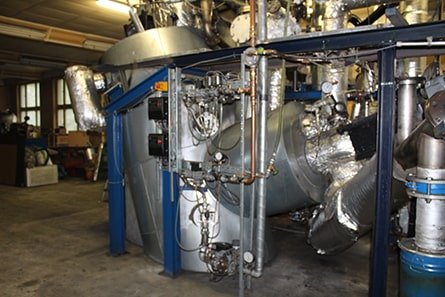GREENTOKEN
Introduction
Mining — is a simple and understandable business, which is engaged in thousands of companies and hundreds of thousands of people around the world. Mining farms are very unevenly distributed around the globe. The main reason is the different cost of electricity in different countries. According to research, almost 50% of newly mined coins are mined in China, where electricity costs are several times less than in Europe.
Greentoken — is a crypto-currency mining with lifelong free green electricity, based on an innovative waste-processing plant with a 100% recycling capacity, without harm to the environment and preliminary separate collection of garbage.
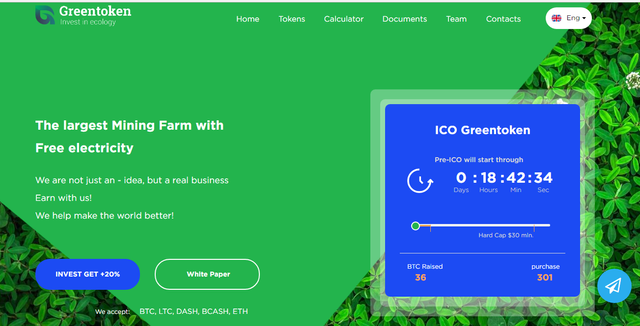
FOR ACCOUNT WHAT IT IS POSSIBLE
The Hong Kong company «Invest Ecology Limited» founded a joint venture «EcoTech-Recycling» in Kazakhstan. On the received land of 18 hectares located in the city of Taraz, a new waste-processing plant will be built.
During processing, 80% of garbage is processed into synthesized gas, the remaining 20% of the residue — is coke, pure carbon, which is used for the production of foam glass and is sold as a separate type of raw material for industry.
From synthesized gas through gas engines, 10 MW/h of electricity are generated, 6 MW/h of which is allocated to provide electricity to 6000 standard mining farms. 4 MWh are used for the company’s own needs and production of raw materials for the real sector.
The company «Invest Ecology Limited» founded a separate project Greentoken. A huge mining farm will be built on the fenced and guarded territory of the plant, the size of which is limited only by the amount of surplus free electricity from waste processing.
After the termination of the ICO, the Greentoken team immediately starts the farm and buys out the volume of video cards and other mining equipment for which the funds are collected.
This business is an auxiliary for the company «Invest Ecology Limited», accordingly there is no big difference whether ICO will collect $ 100 thousand or $ 10 million. Our main purpose — to make the planet cleaner. And mining is the ideal solution, allowing the company to receive additional profit in the developing market of crypto business.
Two main competitive advantages:
– Free, fenced and guarded room for mining.
– Free, independent of the external network electricity for mining.
Technology
High Temperature Pyrolysis Reactor
Pyrolysis — thermal decomposition of organic matter without oxygen at high temperature.
Garbage is processed in a reactor without access to oxygen at temperatures up to 1300 ° C without throwing dioxin, furan and heavy metals into the atmosphere.
When recycling 75% of garbage is processed into synthesis gas, 25% of residue is coke, pure carbon which is used as fuel for industry and is sold as a separate kind of raw material.
Reactors are manufactured in Germany and comply with all German Federal Emission Laws 17 Bim SchV (EU Directive 2000/176 EG) and comply with all regulations on emissions of harmful substances.
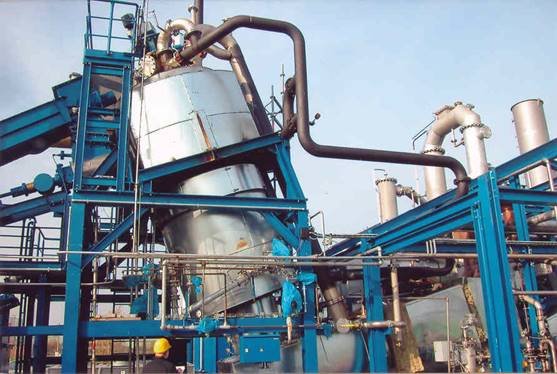
CHARACTERISTICS OF REACTORS:
- The reactor flasks are made of heat-resistant stainless steel, they work continuously for 8000 hours per year. Equipped with a system of deep 6-step purification of synthesis gas.
- Once a year, prophylaxis is carried out: they are cleaned of soot and dirt, parts are lubricated, bulbs and aggregates are inspected. Once in 10 years, internal flasks are replaced.
- Continuous loading of 3.2 tons per hour * 8000 h/year = 25 000 tons per year (Equivalent to 5 MW/h).
- Each reactor has a power reserve of + 20% afterload. (you can get + 20% additional electricity).
Test garbage recycling
In February 2018, successfully conducted test garbage recycling on a reduced copy of the reactor and determined the qualitative and quantitative parameters of the synthesis gas.
Application of technology
Industrial reactors are used to produce synthesized gas in companies such as «Audi», «Volkswagen», «Mercedes-Benz», «Boeing» and other companies.
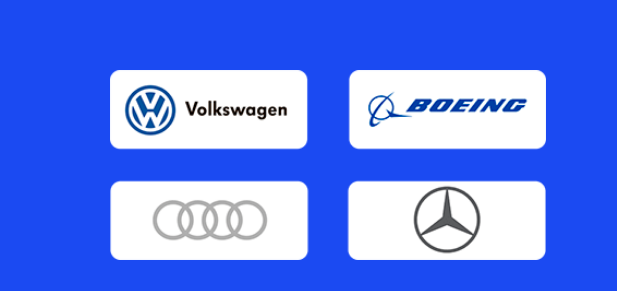
THE PROBLEMS OF WASTE IN THE WORLD
The American study found out: on August 21, 2010, humanity has reached the point of no return, starting from this day it became impossible to safely store waste on planet Earth.
Annually in the world up to 5 billion tons of garbage are dumped to landfill, 80% of this waste is high-calorie materials, which, when decomposed, produce combustible gas, for example: rubber, plastic, textiles, paper, wood, food waste and other organic substances. To recycle this garbage, Europeans allocate up to $ 1,000,000,000 per year.Plastic annually kills 500 thousand marine animals and 2 million birds, and thus enters the human body through the food chain.
More than 100 million people have already died from environmental pollution. In the middle of the XIV century, the world was struck by the epidemic of “black death” — the bubonic plague, it destroyed a third of Asia and half of Europe. Killed 60 million people, and this horrifying figure is equal to the number of victims in the Second World War.
PROBLEMS OF WASTE UTILIZATION
Humanity has been learning to recycle garbage since the 18th century. In 1874, the British made the first attempt to extract energy from garbage. In the city of Nottingham, the first “destructor” (steam engine) — a device for destroying the structure of solids — was launched. The destructor partially used combustible wastes as fuel. Later such machines were used to produce electricity. Until now, there are thermal power plants in the world that use garbage as fuel.
Most countries use 2 ways of recycling garbage: incineration and burial. Incineration uses up to 95% of garbage, but the problem of incineration is that in many countries there is no culture of trash sorting, and light bulbs and batteries get into the furnace. When they are disposed of, heavy metals and poisonous chemicals such as chlorine, sulfur, dioxin, furan are released into the air. This pollutes the environment. As a result, people living within a radius of 25 km, often suffer from cancer and other diseases.The economic problems of incinerators are that they function exclusively through the
processing of garbage into electricity and heat, and receive state subsidies for the disposal of garbage. But the sale of electricity is not profitable in countries with cheap electricity, such as Kazakhstan, Russia, Ukraine, Belarus, and others. And state subsidies are paid less and less every year.
Separate collection of garbage solves the problem of the release of toxic substances into the atmosphere. For competent sorting, city dwellers must detach hazardous substances from household waste at home. However, only 10% of countries with high social responsibility, such as Japan, Germany, Switzerland, etc., are prepared for separate collection of garbage. The rest of the countries are seriously affected by the pollution of the environment, since they simply dig in garbage or pollute the air with heavy metals thrown out by the Incineration Plant.
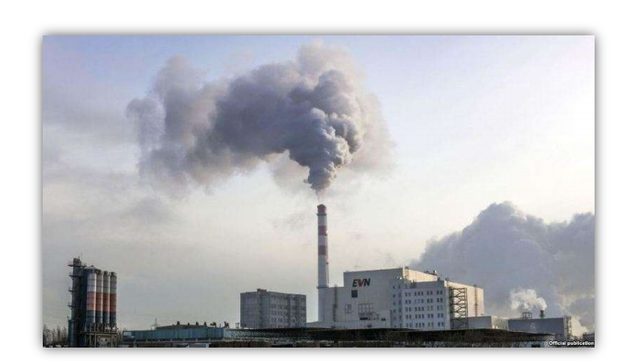
Burial — is the most common and ancient way of garbage disposal existing more than 3 000 000 years. Until the 20th century, garbage was only bioorganic, and nature coped with buried garbage. With the advent of polymer and plastic products, burial has become not only useless, but also unsafe. Buried plastic decomposes to 1000 years, and toxic substances pollute the environment, getting into ground water, soil and air.
PROCESSING OF WASTE IN KAZAKHSTAN
Burial of garbage, unfortunately, is the only way to utilize solid waste, medical, industrial waste in Kazakhstan. To do this, all garbage is exported to specially designated polygons.
There are 87 cities in Kazakhstan, including 2 cities of national importance, 38 towns of regional significance and 47 cities of regional significance.The population of the country is 18,157,078 people (2018).
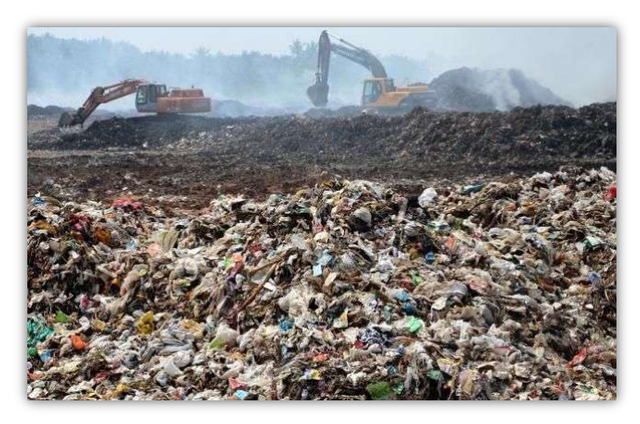
The annual volume of garbage exported to landfills in Kazakhstan is estimated at 6–7 million tons.The volume of accumulated garbage in landfills is more than 100 million tons.The processing volume is no more than 5%, the remaining 95% go to burial in landfills.
DETAILS ICO
Token information
Code name: Greentoken
Notification token: GTN
Calculated: 500 000 000 GTN
Pre-ICO price: starting at $ 0.07
Distribute the token
65% — ICO
19 % Teams
1% — Baunts
10% — Pre-ICO
5% — Private pre-sale
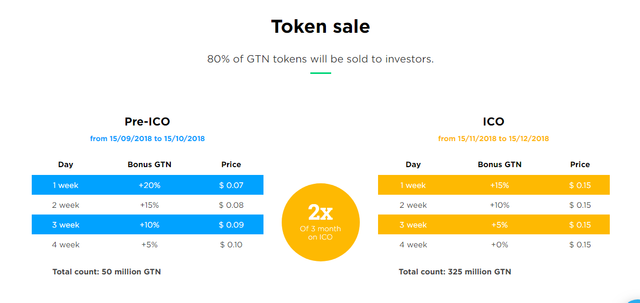
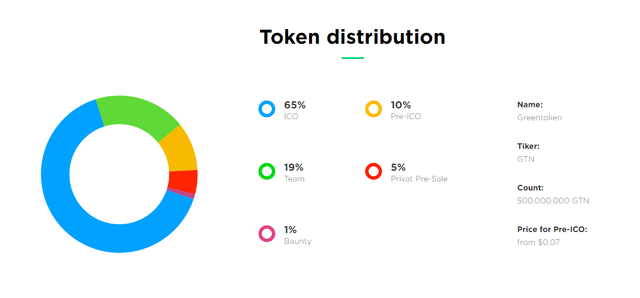
ROADMAP
Q2 2017 The idea and the beginning of the creation of a project team
Q3 2017 Development of concepts and white paper projects
Q1 2018 Launch of the first phase of Greentoken’s Private Sale project
Q2 2018 Developing Offers and Launching Smart Websites
Q3 2018 Launch of a two-stage project of Greentoken’s Pre-ICO project
Q3 2018 Construction and preparation of infrastructures for mining operations
Q4 2018 Launch in three phases “ICO”
Q1 2019 Farm Operations and Start Paying Dividends
Q3 2019 Connect to free electricity from the factory
TEAM
Askhat Kassymov
Director General, Project Monitoring
Paul Biller
Partner and co-author of the project, technology vendor
Gustavo Vega
Project Management Manager
Tony Ayzenberg
PMP Project Manager, IPMA
Ruslan Ibrayev
Investor, Analyst
Yerzhan Janabekov
Chief Engineer — Assistant Project Supervisor
More information contact :
Website: https://greentoken.in/
Whitepaper: https://greentoken.in/doc/Eng-WP.pdf
ANN Thread : https://bitcointalk.org/index.php?topic=4899128
Facebook: https://www.facebook.com/Greentokenin/
Medium : https://medium.com/@greentokenin
Twitter: https://twitter.com/greentokenin
Telegram: https://t.me/Greentoken_official
Author : Upik05
BTT Profile Link: https://bitcointalk.org/index.php?action=profile;u=2205131
Address wallet
0x6B4D2B44e4FB4648FE87029C4ddf00Da999127c4
